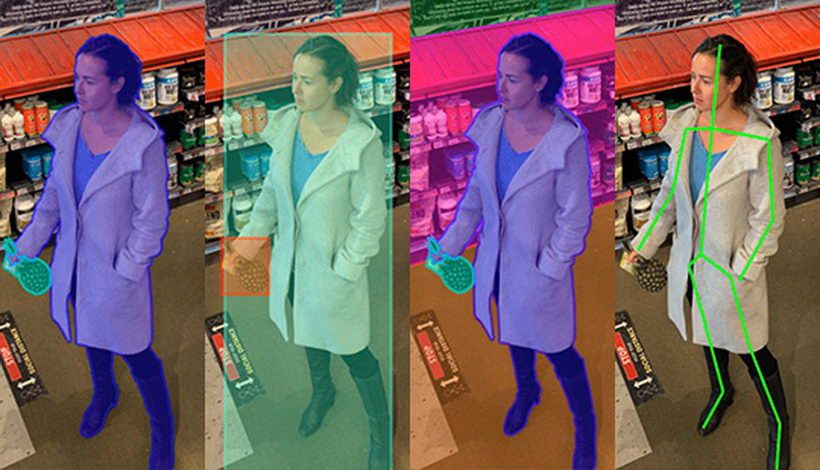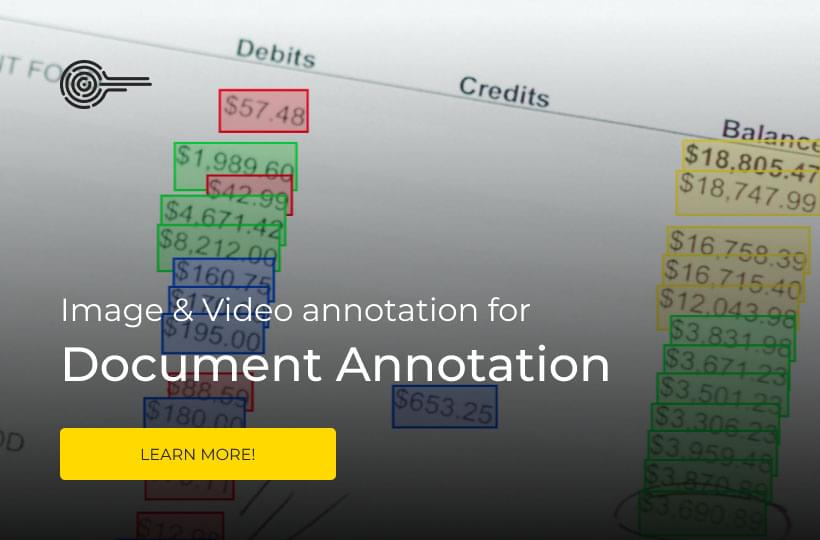3 Ways to Improve Performance of ML Models

The ultimate goal of technology has always been to mimic the human brain. The rapidly expanding field of artificial intelligence aims to do just that. But what factors allow AI to make sense of the world accurately? To answer that question, we need to discuss machine learning model performance.
Machine learning, a subset of AI, teaches computers to learn from experience without explicit programming. Computer vision, another branch of AI, trains these systems to interpret and understand the visual world.
Machine learning has infinitely broadened the scope of computer vision. Using flawless object recognition and tracking capabilities, we’ve developed self-driving cars, robust facial recognition software, unmanned aircraft, and much more.
To deploy an autonomous vehicle onto a busy street, the algorithms powering the vehicle’s ability to detect and avoid pedestrians, among other obstacles, must be accurate enough to inspire confidence. So, how do you achieve the same level of accuracy for your next machine learning project?
We’ve done the legwork and put together a guide on how to improve machine learning model performance.
3 Ways to Improve the Performance of Your Next Machine Learning Model
- Choose a Robust Algorithm
Think of machine learning algorithms as the engines of machine learning. Algorithms are responsible for transforming data sets into accurate predictions. Selecting the right algorithm for your model is essential to its performance. So, how do you know which one works best?
There’s no straightforward answer. Some problems call for a highly specific approach, while others are open for interpretation. Here are a few questions to keep in mind when narrowing down your list:
- What kind of problem are you solving?
- What computing resources are available?
- What type of data are you processing? How much data are you processing?
- How scalable do you want your model to be?
- Which business goals would you like your model to fulfill?
It isn’t easy to know which algorithm will work best right off the bat. We recommend starting with a list of potentials, pulling your data through, and comparing the performance of each one.

2. Use Large, High-Quality Training Datasets
Have you heard of the phrase “garbage in, garbage out”? When it comes to the quality of your training data, no saying could hold more truth. If your objective is to improve the performance of ML models, it’s best to start with the information they’re fed.
For example, let’s say you’re training an algorithm to flag suspicious credit card charges. For your model to accurately predict whether a charge is likely to be fraudulent, you need to train it with accurately labeled credit card transaction data.
When it comes to training data for machine learning algorithms, quantity matters as much as quality. An algorithm for detecting credit card fraud that was trained using 10,000 transactions will perform better than one that was trained using 100.
A machine learning model that learns using low-quality or insufficient training data will perform poorly — regardless of whatever algorithm powers it.
3. Validate and Test Your Machine Learning Model
There’s only one way to check whether your model is accurate: test it. That’s where validation data comes in.
While training data is used to teach your algorithm to identify patterns, testing data evaluate its accuracy. Why test your machine learning model? Testing tells you whether you chose the right algorithm and defined the right parameters by measuring your model’s accuracy, precision, and efficiency.
How do you validate your machine learning model? Let’s walk through an example. Say you’re training your model to detect whether or not a vehicle is present in an image. Training data would include labeled images of vehicles. Testing data, on the other hand, would consist of unlabelled images.

Outsource High-Quality Image Labeling for Machine Learning
One of the best ways to improve the performance of your machine learning model is to feed it high-quality training data. But this is easier said than done.
Training data for machine learning can be challenging to find, collect, and annotate. That’s why AI companies rely on professional data annotation services.
Keymakr offers high-quality video and image annotation for machine learning. We have the people, processes, and tools required to boost the performance of your machine learning model.
Give your machine learning algorithm the pixel-perfect training data it craves with our dedicated team of data annotators, cutting-edge tools, and quality control workflows.
Get in touch with a member of our team to schedule your personalized demo today.



